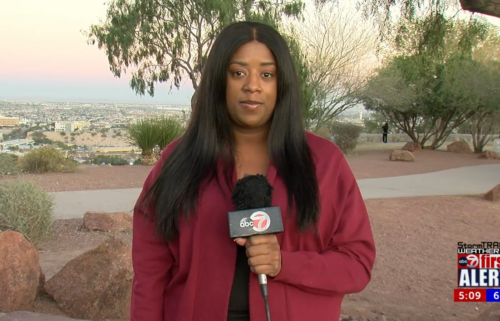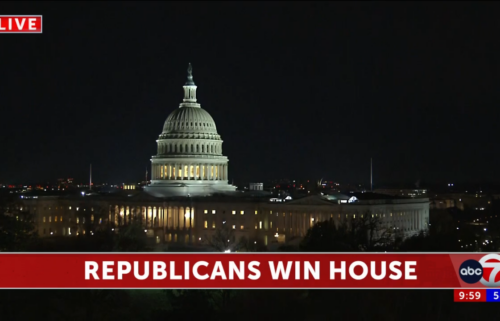Pay attention to nightmare election scenarios. One might come true
Republicans have shown themselves this week to care not a whit about hypocrisy when there’s a Supreme Court justice on the line.
What they said in 2016 means nothing today now that they can get a new, conservative Supreme Court justice.
So what will they do when there’s a full presidential election on the line?
What they can do, they will do. Just as you have to look at the letter of what’s possible to conclude they’ll have a new Supreme Court justice on the bench before or soon after Election Day, you should also look to the letter of what’s possible when it comes to the presidential election itself.
President Donald Trump on Wednesday said a new justice must be installed specifically because there’s an election coming. He presumably wants the insurance of an additional conservative on the court. Later in the day, he declined to commit to a peaceful transition of power after the election, a cornerstone of American democracy.
The letter of what’s possible under the law in a close election is extremely ambiguous, which is enough to lead anyone down any number of maddening rabbit holes.
And with Trump in charge and predisposed to rejecting election results, you have to go down each one, as the journalist Barton Gellman does in a really frightening Atlantic piece about how Trump’s allies could logically circumvent results if he can dispute them in specific states.
These are the fringiest nightmare scenarios. But in a time when Trump is willing to call the National Guard to US cities, they’re worth considering.
The most obvious thing to remember, as students of American history and readers of this newsletter and everyone who voted for Hillary Clinton knows, is that the Electoral College picks the President.
And the letter of the law is also that, according to the Supreme Court in Bush v. Gore, states have the power to take electoral votes back from the voters if there’s a question about the result, as they essentially did in Florida in 2000 when they barred the state from conducting a recount so that it could meet a deadline.
For instance, the Constitution says a new President must take the oath of office on January 20.
In order to make that happen, a separate US law — the Electoral Count Act — set a timetable for counting Electoral College votes. That’s the timetable cited by the Court in Bush v. Gore. And it suggests disputes about results must be settled 35 days after Election Day.
Read Joan Biskupic’s story about Bush v. Gore and the Electoral Count Act here.
Key dates this year, according to Biskupic:
- December 8, when states must determine their election results
- December 14, when state electors actually convene in the states to cast their votes for president and vice president
Key word: “safe harbor.” Biskupic again: That first deadline, six days before the Electoral College meets, is known as a “safe harbor” date, when all court challenges should be resolved. If states certify their results by then, their validity must be accepted by Congress.
Vote counting in the pandemic election, with a crush of mail-in ballots, is already supposed to take much longer than usual. Trump has already said, repeatedly, that in his view only what’s known on Election Night matters. This is not true, of course, but he’ll keep saying it.
Disputes over state results: In a year when the President has already repeatedly alleged fraud, albeit without any evidence, delays could be exploited.
Gellman points out that in 2000, the court, while it was supposed to be limited to that one instance, essentially deferred to the state over the voters to certify Florida’s electors.
“The State, of course, after granting the franchise in the special context of Article II, can take back the power to appoint electors,” the late Justice Antonin Scalia wrote in Bush v. Gore.
And Gellman talks on the record to Republican officials in the swing state of Pennsylvania who say they’ve at least somewhat considered how the state legislature could appoint electors in the absence of a clear Election Night victory.
Political scientists have gamed this out and there are a number of possible scenarios, none of which are satisfying.
The Electoral Count Act, written after the 1876 presidential election when there were multiple states with disputed Electoral College results, is full of loopholes and ambiguity. In that case, Congress ultimately agreed to give the White House to the person who led neither the Electoral College nor the popular vote, which in today’s America, would be a horrible end-result.
Vote by mail: We’ve got a new Politics 101 podcast on voting by mail. Listen here.
Vote in person: There’s a growing number of experts who say that if you’re healthy enough to vote in person, early or on Election Day, you should, to make results clear earlier.




